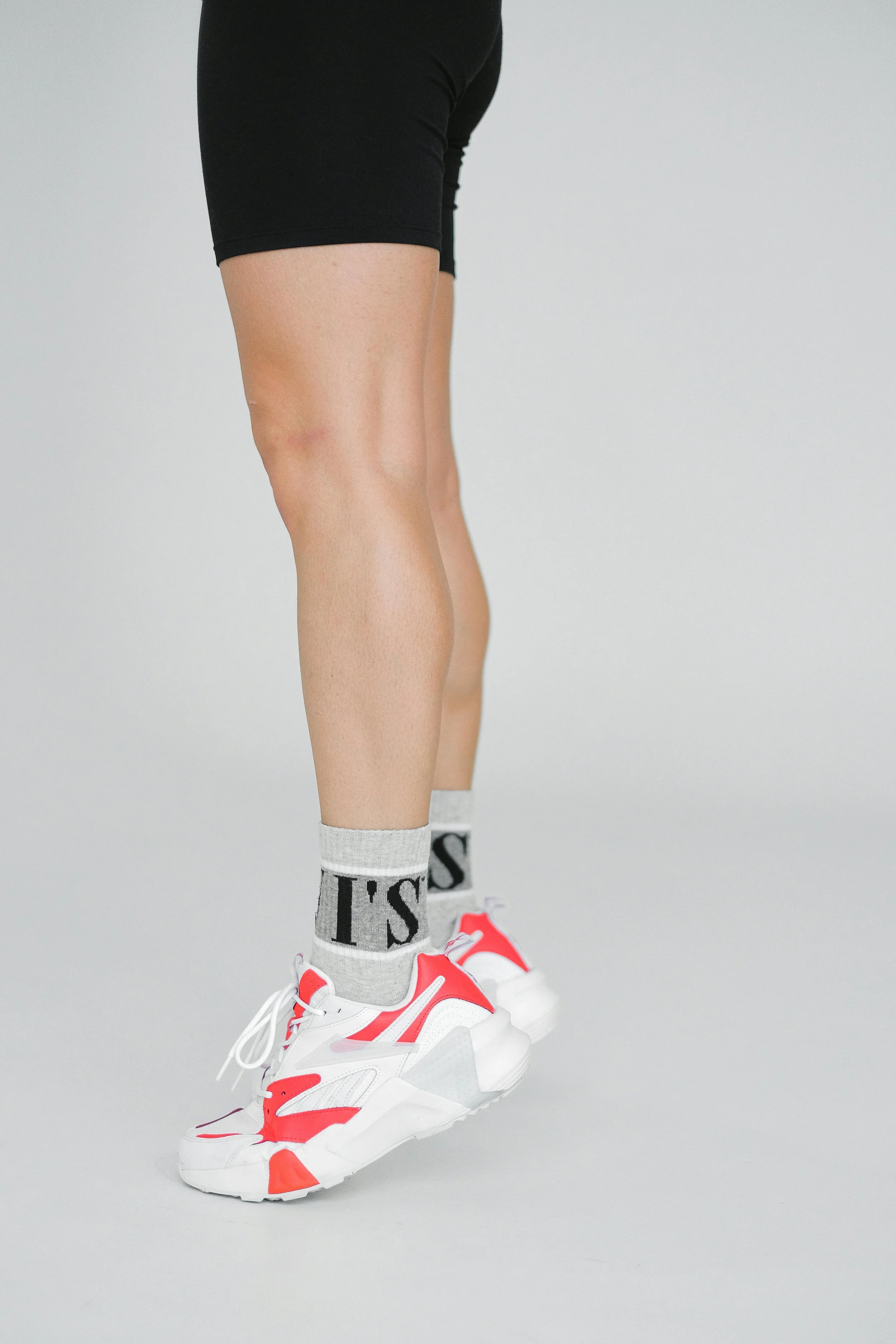Half Marathon Training & UX Design: Shared Lessons
There’s something about long runs that clears my mind. As I settled into my pace and checked my breathing, I noticed a pattern: half marathon training isn’t just about running. It’s about strategy, endurance, and adaptation - much like UX design.
And then it hit me: half marathon training might just be the ultimate UX bootcamp. Sounds like a stretch? Hear me out. Both demand preparation, resilience, and constant iteration. Both test your patience, reward consistency, and thrive on data-driven decisions. The deeper I got into training, the clearer it became - these same principles are shaping UX design in 2025.
Turns Out, You Can’t Just Show Up
At first, long runs seemed easy to plan—less than 60 minutes, under 10 km. Kind of like when you dive into UX: everything feels intuitive. But then reality kicks in. A long run without preparation feels fine - until you hit kilometer 12 and realize your playlist is wrong, your shoes are rubbing, and your energy gel tastes like disappointment. UX design is no different; without a strong foundation, friction points emerge when it’s too late to turn back.
Over time, I optimized my experience through trial, error, and data, just like how UX design evolves with real user behavior. Adaptive design, predictive analytics, and smart recommendations all refine the experience. The key to both running and UX: learn, refine, and optimize.
Focus on Mental Well-Being
Marathon training isn’t just physical - mental resilience is key. Similarly, UX design should focus on reducing frustration and boosting emotional satisfaction.
A key component of my training was guided runs, where a coach would offer motivation and expert advice, especially when I hit those low moments (remember the gels I mentioned earlier?!). Whether you're running a race or navigating an app, positive reinforcement can make all the difference. What’s more, reducing cognitive load and creating a calm, supportive environment are key to positive mental health - critical elements in both training and UX.
Just like simplifying my training plan helped me stay focused, UX designers can reduce user frustration by embracing simplicity, clean layouts, and positive reinforcement through microinteractions. Think of small, encouraging messages or progress bars that remind users they’re on the right track. These thoughtful design choices can create a sense of accomplishment and emotional satisfaction.
Moreover, in the past two years we are observing how UX is leaning heavily on AI-powered personalization to enhance well-being, such as adaptive interfaces that respond to user emotions or even guide them through mindfulness exercises.
Immersive Experience: Engagement and Motivation
A friend recently gave me solid advice: If a situation feels uncomfortable, turn it into a game. So, when I hit that inevitable “why am I doing this to myself?” moment on long runs, I gamified it. I imagined leveling up with every kilometer, collecting imaginary rewards for hitting pace goals, and unlocking new achievements when I pushed through discomfort.
This shift mirrors great UX: gamified elements like progress bars, challenges, and rewards keep users engaged, turning frustration into motivation. Whether it’s streaks in a language app or subtle animations that make an interface feel alive, the goal is the same: keep people motivated, engaged, and coming back for more.
Measuring Progress: Data and Feedback
Before I got a running watch, my pacing was pure guesswork. “Easy” and “hard” were my only speed settings, and let’s just say my predictions were wildly inconsistent. But once I started tracking my runs, everything changed. I could see my pace, heart rate, and effort levels in real time, making my training far more strategic. Over time, I learned exactly what different paces felt like, which made my runs more efficient and my progress more predictable.
UX works the same way. Without data, design decisions are just gut feelings. But with real-time analytics, A/B testing, and user feedback, we can fine-tune every element to create seamless, intuitive experiences.
Conclusion
Training for a half marathon taught me a lot about patience, adaptation, and problem-solving. Both require commitment, trial and error, and trust in the process. Some days, runs felt effortless; other days, every step was a battle. But nothing beats the satisfaction of crossing the finish line - just like nothing beats the moment when a design finally clicks, a website feels seamless, or a user’s journey flows effortlessly.
The UX landscape in 2025 is evolving rapidly, but at its core, it’s still about creating thoughtful, user-centered experiences. Applying these running-inspired lessons to my design practice has helped me refine my approach - whether through AI-driven personalization, gamification, or data-driven optimization.

